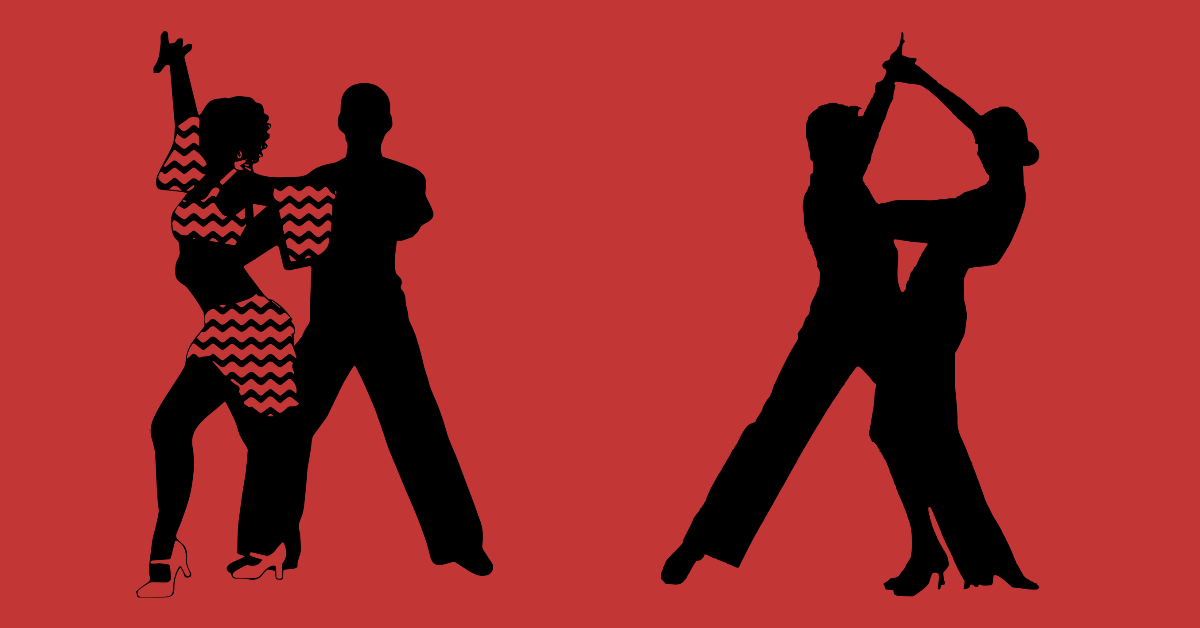BY RAEGAN NEUFELD
PHOTOS BY KIERNAN McCARTY
Sponsored by the Fort Hays Spanish Club, the English and Modern Languages Departments, and in collaboration with the Sociology Department, Hispanic Dance Sessions not only offers lessons on different dances, but also on the cultures the dances come from.
Wednesday night was the last Hispanic Dance Session of the semester. The groups partnered with FHSU Barn Hoppers to teach both salsa and country line dances. Two types of salsa dances, rumba and merengue, were covered, followed by two line dances. Attendees, led by sociology professor Nicole English and student Sofia Tiscareño, practiced the steps first before music was added.
“We support each other and mix cultures,” said sessions organizer Chita Espino-Bravo. “It’s always good to have inclusion and a different diversity of dances.”
Tiscareño, who has a background in dance, credited the range of dances as one of the reasons she began attending Hispanic Dance Sessions four years ago.
“When I was at the dance studio, I always did just the regular studio classes,” she said. “We didn’t have anything international. So I heard about this and I thought, I can learn salsa, hula, zambra and flamenco in Hays, Kansas? That was a little interesting. So I was like, why not learn something new? Because those were styles I’d never done before.”






Tiscareño also spoke about the cultural aspect of the Hispanic Dance Sessions.
“As we learn these dances, we also get taught where they originated, why they look like how they are and why they spread to where they are,” she said. “So you learn a lot more of the background versus just the dance itself. It’s kind of different to learn that. A lot of people don’t learn that in a class.”
For Espino-Bravo, who is a Spanish language professor, it’s important for a dance to be learned with cultural context.
“(Words) have a context,” she said. “It’s part of the culture. (My students have) learned how we say this food in Spain or that food in Mexico, and they have different meanings. That’s the same with music. Music is an expression. It’s an art, and it expresses the life of humans, and each dance has a different context.”
Aside from the cultural learning, Espino-Bravo said she would encourage students to participate in the sessions for several other reasons, including the mental benefits.
“It is a fantastic de-stressor,” she said. “If you come to one session, you will feel more relaxed and you can always come for one hour, have fun with us, and then go back to study and you’re going to produce much more because your brain has rested a little bit.”
She also mentioned the social aspect.
“It’s a socializing event. You do all these different things. You learn culture, Hispanic culture, some Hispanic language or context about the history of a country, and suddenly you make friends.”
Hispanic Dance Sessions take place every Wednesday during the semester at 6:30 p.m. There is also a group from the sessions who perform at various events throughout the year. More information about the sessions and other activities can be found on the Spanish Club Facebook page.


You must be logged in to post a comment.